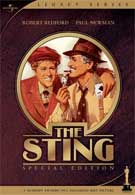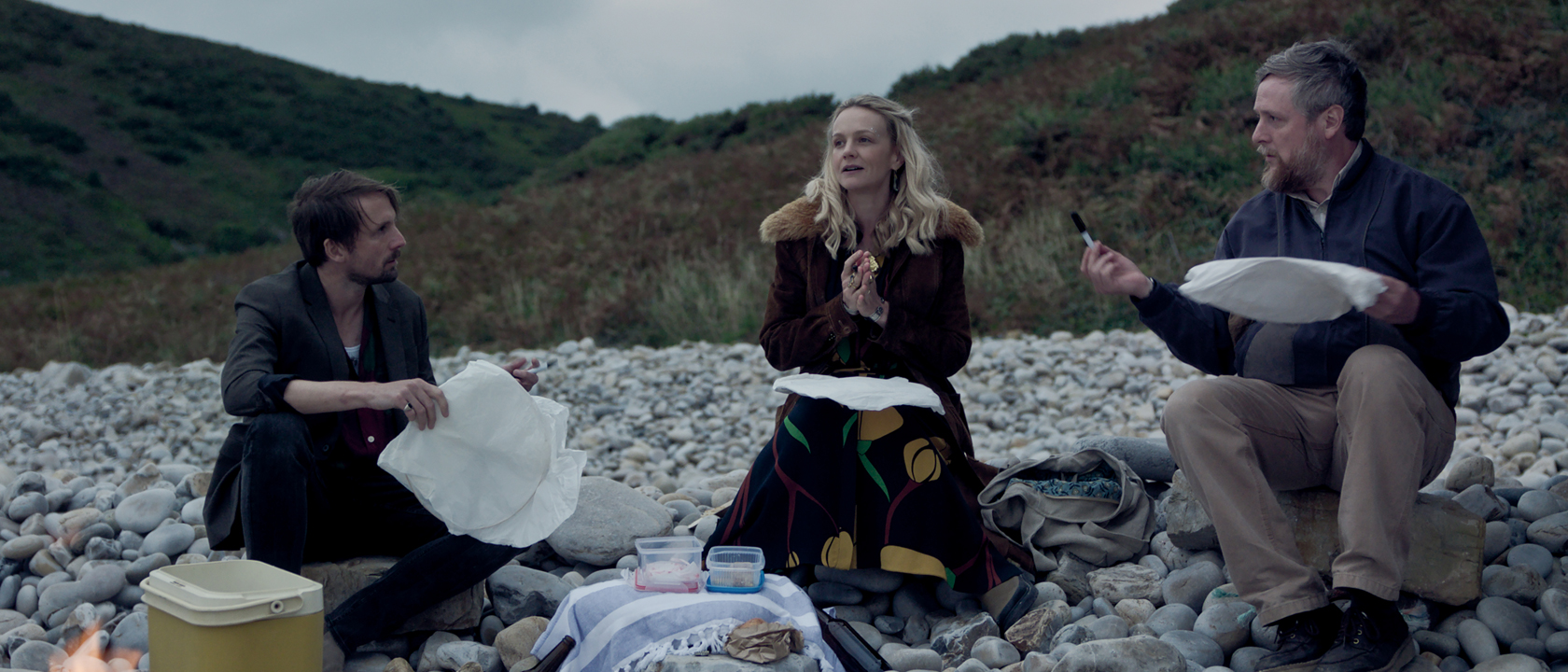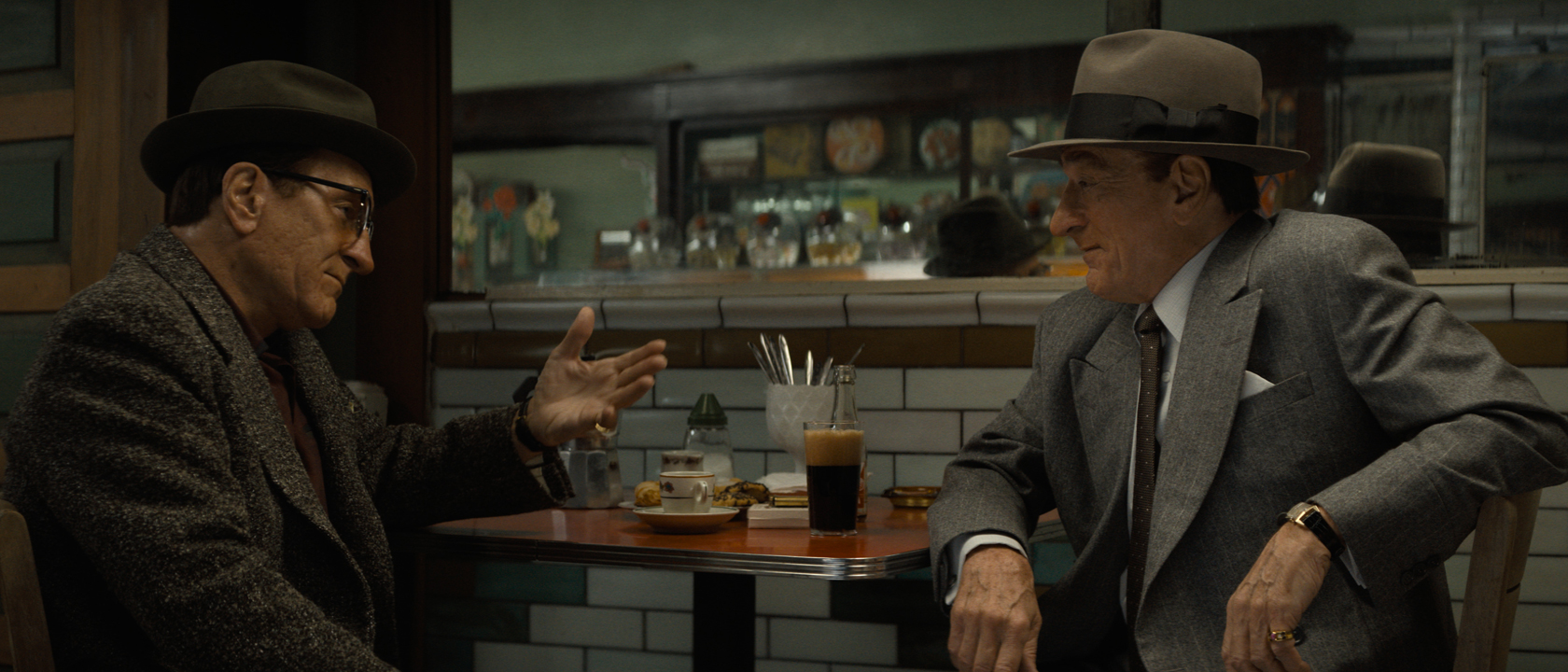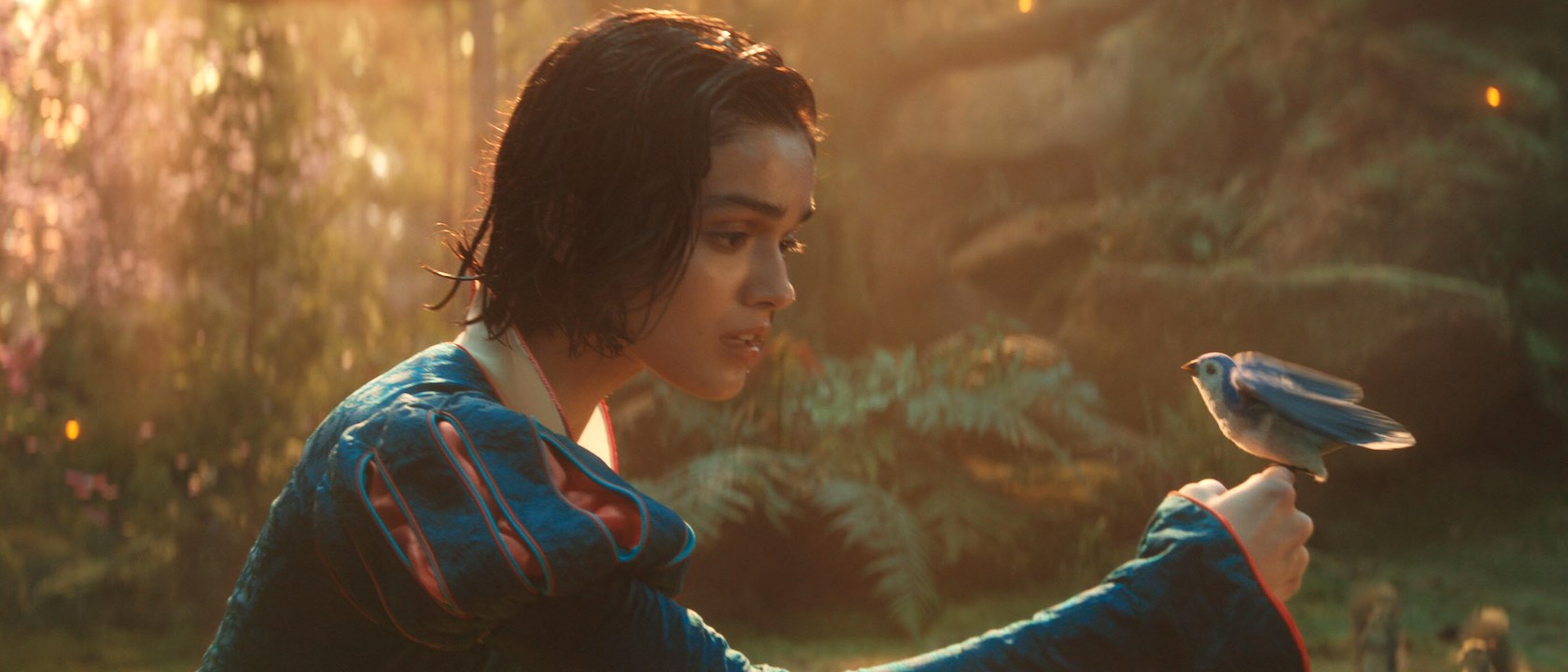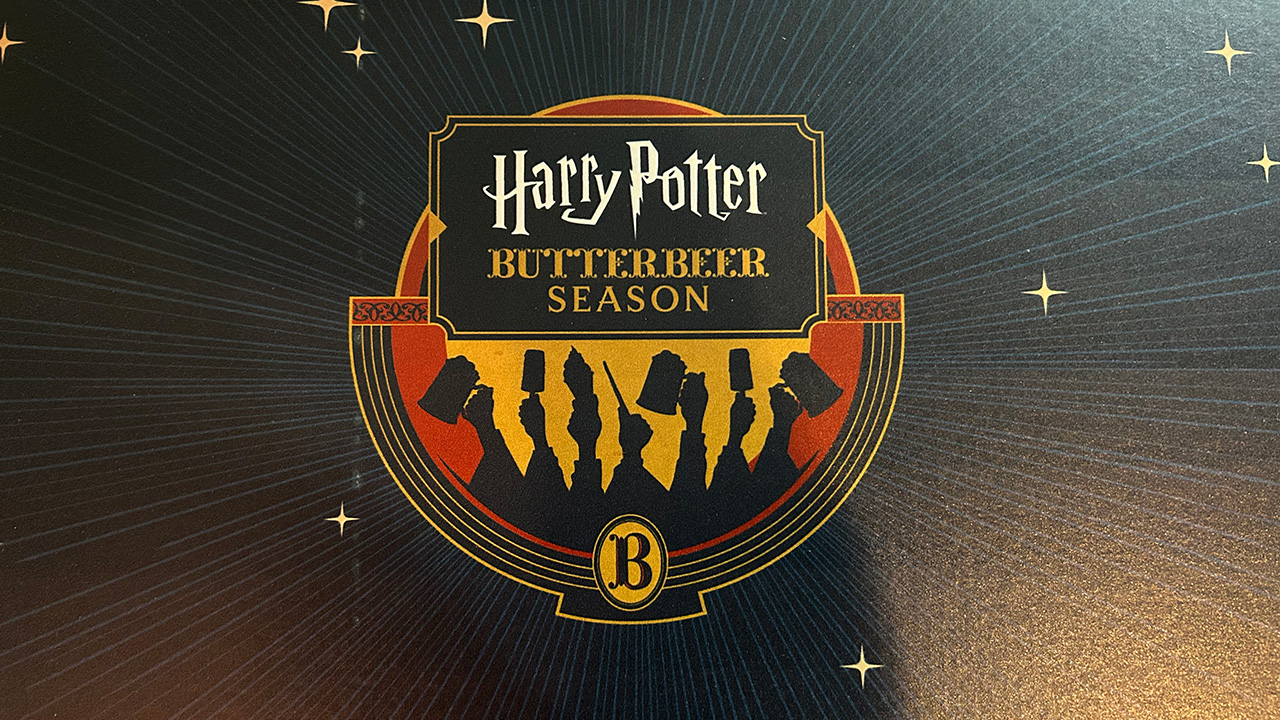In 1969 two of Hollywood’s pretty-boy leading actors teamed up to play two of the Old West’s most famous outlaws under the watchful eye of director George Roy Hill. The result garnered much acclaim and many awards. With the old studio system long gone, it caught many by surprise when four years later the duo and director united to tell the story of a different kind of outlaw. Confidence men have always been a favorite subject of mine. It’s always interesting to see a plot exposed and to see how con men pit a mark against his own greed. In almost every case, the con man himself is merely a process to remove the money from someone too stupid and greedy to hold onto it. With it being a favorite subject, it’s kind of hard to believe I had never seen The Sting until now.
My biggest disappointment with most con-job movies is the filmmaker’s insistence upon letting the audience in on most of the secrets, which moves the movie’s entertainment to watching people be fooled by the con, but holds no real suspense for the audience. We already know what’s supposed to happen, so the only real suspense is when things go wrong. The Sting treats the audience as a passive observer for its con. We aren’t let in on the way things are supposed to work, we only see them as they unfold which, to me, is a much better way of telling a story like this.
For those like me who haven’t seen this classic film, here’s the story: Johnny Hooker (Robert Redford) is a small time con man with a lot of potential. He lives off the grift which has made him a lot of enemies, but he also has a tendency to lose his earnings quickly in games of chance, which has lost him a lot of friends. When Hooker cons the wrong man, his partner Luther ends up being killed by the mob, leading Hooker to track down Henry Gondorff, a bigger scale con man who also knew Luther. The two target Chicago mob boss Doyle Lonnegan (Robert Shaw) and begin to run their big game to relieve him of his money (and get revenge for Luther’s death). As the con unfolds Hooker’s past comes back to haunt him, including the goons who killed Luther and a crooked cop from Hooker’s past. With enemies around every corner, will Hooker and Gondorff manage to pull the biggest con of their lives?
I know it sounds cliché, but I’ll say it anyway: they don’t make movies like this anymore. There is so much focus on every single element of the movie, from the patter of the dialog to the complexity of the plot; modern day filmmakers should be required to study this film to learn how to make such an immersive world. Even the historically out of place ragtime music is an important element of the film, setting the pace for many of the scenes and just presenting the idea that what’s going on is fun to these characters, fun that is well communicated by the actors in the roles.
And lets talk about those actors for a minute. You have two of Hollywood’s most charismatic leading men teaming up again, but that’s not enough. The film brings Ray Walston and Harold Gould to round out the con-men, who bring a chemistry that would make you think the foursome spent every weekend drinking and playing poker. For the film’s nemesis, two more Hollywood greats are used: Charles Durning to play the more comical Lt. Snyder and Robert Shaw as the serious Irishman Doyle Lonnegan, the man being taken by his own greed. All of these performers prove why they are some of the legends of Hollywood’s past, and you can’t help but admire the talent they bring to the screen as the tale unfolds.
What’s probably the most amazing thing about The Sting is that it tells a story of grift, double crosses, and the seedy underworld of confidence men, all while maintaining a PG rating. I know most people would point out that ratings like PG-13 simply didn’t exist back then, but I submit that if a movie exactly like The Sting were to be presented for a rating today, it would still accomplish a PG rating. This is all to say, a high quality, Oscar-worthy film like this could still be a success today as a well told story that is safe for most families to take in, but for some reason filmmakers don’t want to make movies like this. This just lends credence to my statement: they don’t make them like this anymore, and that’s a real shame. Although technically this “Legacy Series Edition” DVD is a double dip, it has been seven years since the last release of The Sting on DVD. With its remastered and restored audio (available in 5.1 for the first time) and bonus materials, we won’t complain about this two-disc release.
I’m don’t usually mention packaging on DVDs, but I have to admit I really like what Universal has come up with for their Legacy Series. While it is partially cardboard, it’s a package that looks and feels just as durable as the plastic digipaks most DVDs are released in, but with a look and feel of an older book. It’s a neat image that separates their Legacy Series from the rest of their releases.
What also separates the Legacy Series is that it is actually a two-disc set, as opposed to the flipper discs Universal usually puts out. Between that and the lack of advertisements at the beginning of the DVDs, Universal has tackled my two major complains of any of their releases. It’s unfortunate that they won’t do this with all of their releases, only with their Legacy DVDs.
Since The Sting is a little light on bonus material, the first disc of the set is dedicated solely to the movie, which is presented in glorious anamorphic widescreen. Although the picture still carries some of the fuzz of an older film, it is a visually stunning film. The 5.1 audio is a nice touch, although as a purist I have to admit I’d much rather have the original audio track preserved then upgraded audio that didn’t exist when the movie was originally made (a digital 2.0 Mono track is included on the disc).
The second disc contains the bonus material which is made up of three short featurettes that can be watched all at once. “A Perfect Script” is a look back by the remaining cast and crew at the preparation for the movie, “Making the Masterpiece” looks at the actual making of the film, and “The Legacy” is a short tribute to George Roy Hill, who passed away in 2002. The disc also includes some text screen production notes and the theatrical trailer, which serves as a interesting piece of history to see a trailer from decades ago.
While the featurettes offer a really interesting look back from the people involved, one can’t help but feel a bit of heartache at the sorrow shown by these legends of the past at the way Hollywood has evolved, particularly by Paul Newman. Newman ends the series of featurettes with a brief anecdote about an argument between him and George Roy Hill. His humorous story quickly changes to a mood of melancholy though, as he reflects that modern day Hollywood wouldn’t have time for frivolity like what’s in his story. It’s a sad explanation of why Newman has been involved less and less in movies as he’s gotten older - it’s not his age as much as his frustration with the moviemaking machine.
This Legacy Edition of The Sting is a worthy release of an excellent film. If you’ve been holding off on picking up The Sting for your collection, this is the DVD release worth getting. If you’ve never seen the brilliance of The Sting before I highly recommend checking it out soon. I’ll say it once more: they just don’t make them like this anymore.
Butterbeer Season Brought Out Some Wild New Products This Year, And I’m 100% Recommending Nail Polish And More For Harry Potter Fans
After Justin Bieber Shared A Sly Photo Of His Baby Son Jack, Fans Had All Kinds Of Sweet Responses
Harry Styles Is Allegedly In The Middle Of A Breakup Love Triangle Situation (Again), And This Time Michael B. Jordan Is Involved
